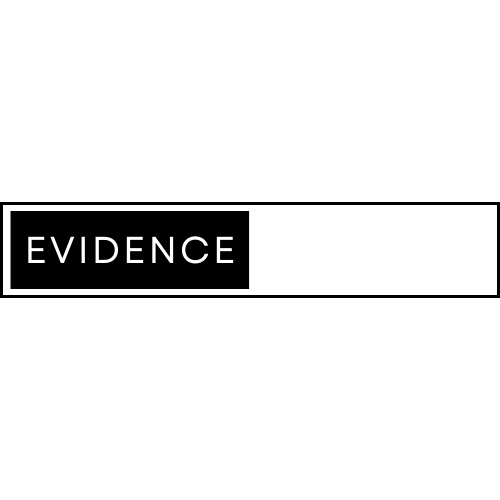Kathryn White, Psy.D. Editor

Oh, the (Psycho)drama..
Taylor Hovancik, BS,
clinical mental health counseling intern
Jacob Moreno had an inkling that he would be touching the hearts of novice counselors who spent their high school years in the midst of scripts, cheap theater makeup, and low-funded set designs. I was one of those hearts. As an early career professional, I have been introduced to the quintessential approaches to group therapy. Throughout that introduction, it struck me as odd that, while there is plenty of space for creativity amongst all the theoretical greats, that space is often left empty. I would argue that psychodrama, in particular, deserves to fill that space and should be passed down to the next generation of group therapists.
Why, you might ask? Psychodrama and its closely associated partner, drama therapy, have garnered solid empirical support. That is well known. What may be not as obvious about psychodrama is how it carries out those effects. It does so by transforming the therapeutic process into a metaphoric flow of a story, even an entire play perhaps. Instead of members being caste into roles, they play the part of themselves. It brings to the surface disavowed and denied parts of themselves, permitting the member to approach pieces of themselves previously hidden from view. To say it another way, it can touch on every corner of Johari’s window, and can even emphasize how hidden, known, unknown, and blind spots are characters in a play written about a member’s life. Instead of utilizing traditional verbal processing, the group members’ parts are externalized and given movement through role-playing, soliloquy, narratives, and doubling.
I wonder if psychodrama may be neglected in our coursework because of the discomfort it may cause facilitators, as there seems to be some resistance toward psychodrama interventions within facilitators. Psychodrama may be “uncomfortable,” “embarrassing,” or “childish” to people who have never engaged in this unique modality or expressive arts, more generally. But to those willing to lean into the creativity, it can be transformative. I have been reminiscing on how theater directors encourage those not comfortable to be actors to be crew members, like make-up, costume, and light and sound. There are moving parts to producing a play that do not require standing in the limelight yet are necessary for the show to happen. Similarly, in psychodrama there are various ways that members can benefit from the techniques of psychodrama without explicitly being a focal point that can induce feelings of embarrassment or discomfort.
Who would have imagined that my after school extracurricular would have led to a deep passion for incorporation of psychodrama into group therapy? Certainly not I. But I’m happy to play my part in sharing the value expressive arts hold for clients and clinicians alike, all in the hopes of finding another way to encourage growth and reduce suffering in our clients.
–

